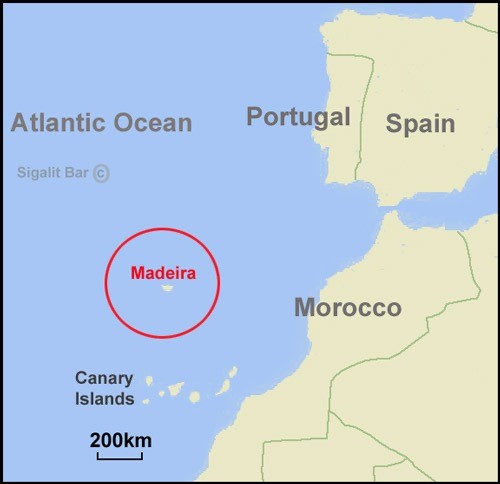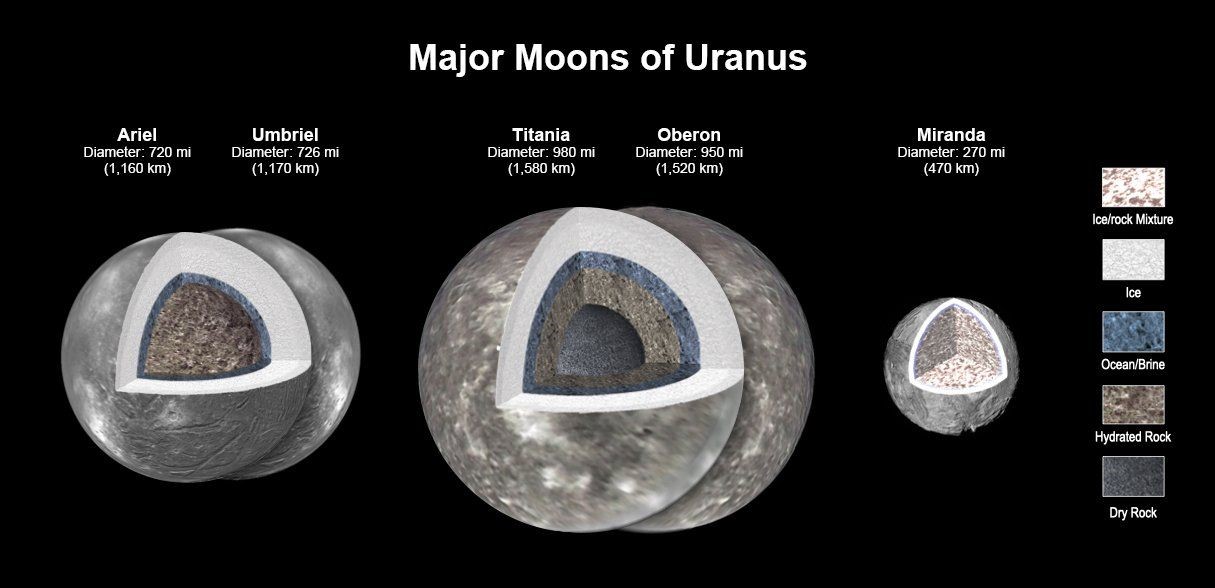As the Arctic’s permafrost thaws in a warming climate, an enormous amount of toxic mercury is being released into the environment.

References
Down to Earth |Toxic mercury trapped in Arctic’s permafrost
Scientists have discovered a new method to explore the Sun's secrets by studying magnetic fields at different layers of its atmosphere using data from the Kodaikanal Tower Tunnel Telescope.
|
Aspect |
Details |
|
Origins and Evolution |
|
|
Location |
|
|
Operator |
|
|
Significance and Legacy |
|
|
Primary Use |
|
|
Environment |
|
|
Telescope Infrastructure |
|
|
Telescope Type |
|
|
Mirror Configuration |
|
|
Focusing System |
|
|
Image Scale |
|
|
Key Spectral Lines Used |
|
|
Purpose of Spectral Lines |
|
|
Strategic and Geopolitical Importance |
|
References
Wildfires in Madeira have endangered world-heritage forests and stranded tourists, with nearly 6% of the island's total area burned.

|
Aspect |
Details |
|
Location |
|
|
Region |
|
|
Capital |
|
|
Geography |
|
|
Area |
|
|
Tourism |
|
|
Natural Heritage |
|
Reference
Down to Earth | Island of Madeira
The scientists using the James Webb Space Telescope have detected carbon dioxide ice on Uranus' moon Ariel, marking a key discovery in the search for water in the solar system.

|
Ariel |
|
References
European scientists were due to attempt a first in orbital gymnastics tapping into the gravity of the earth.
Gravity assist
References